Designs for life: how the best architecture puts people first
How did Herzog & de Meuron establish Europe’s leading architectural partnership – one that’s endured and prospered for nearly half a century? William Cook visits their Swiss hometown to find out

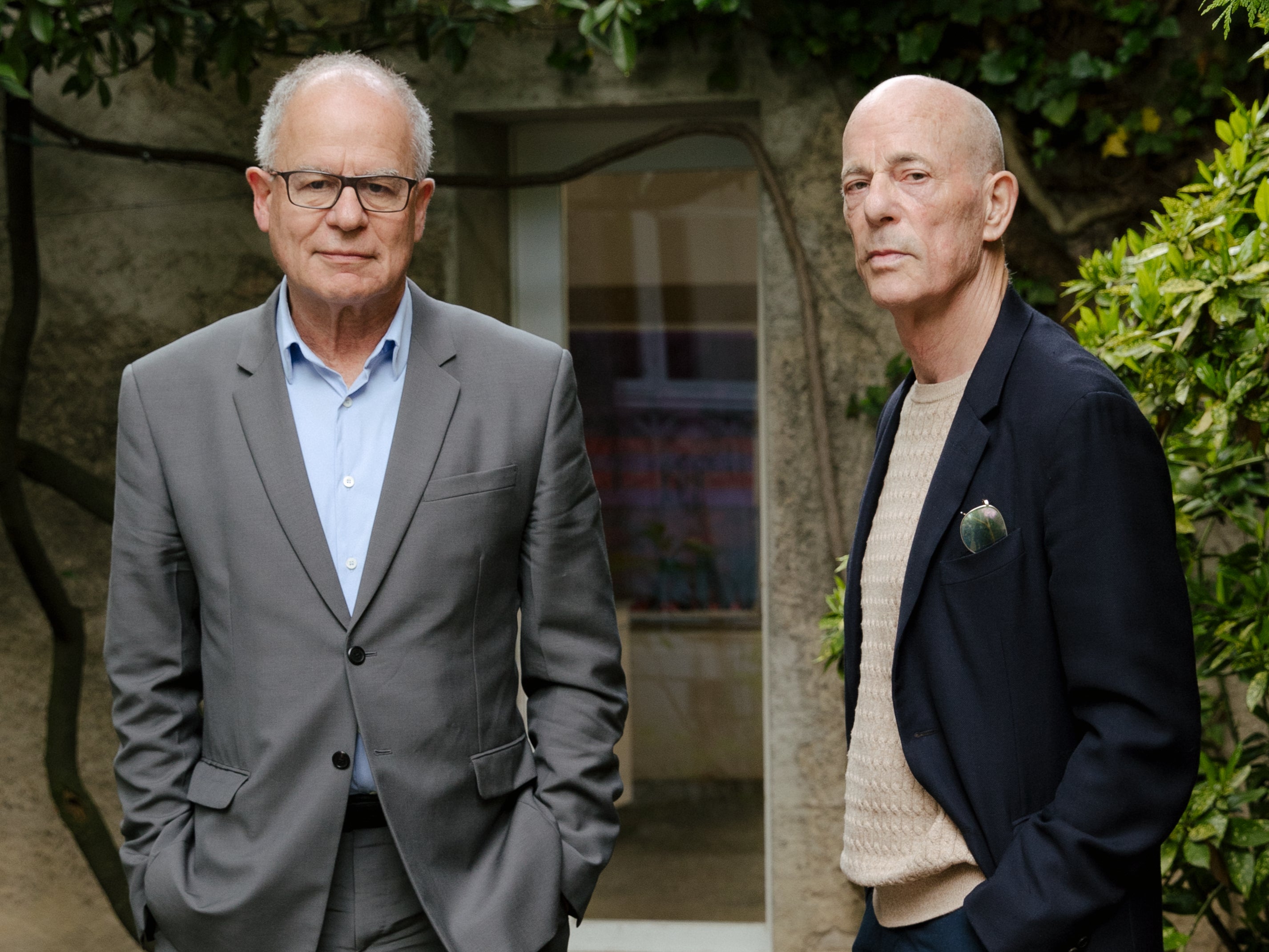
In their workaday offices in Basel, Switzerland’s most creative city, Swiss architects Jacques Herzog and Pierre de Meuron are describing how they’ve designed some of the world’s most iconic buildings. From London’s Tate Modern to Beijing’s National Stadium (aka The Bird's Nest), from the Allianz Arena in Munich to the Elbphilharmonie in Hamburg, their creations have become instant classics, and now a new exhibition at London’s Royal Academy reveals the mechanics of their unique practice.
How did Herzog & de Meuron establish Europe’s leading architectural partnership – a partnership that’s endured and prospered for nearly half a century? I’ve come to their Swiss hometown to find out. Their buildings are scattered around the globe, but it’s in Basel, where they were born and raised, that you learn about the philosophy behind their work – a philosophy that’s informed by a close connection with the world around them.
Wandering around Basel, seeing the amazing things they’ve built here, you quickly become aware of their extraordinary range. Herzog & de Meuron are renowned for their museums and stadiums, but their portfolio is far broader. I visit a chic hotel, an opulent concert hall and a bucolic hospital, all built in their own backyard, in their own inimitable fashion.
It's not just the range of different projects that’s remarkable – it’s the wealth of different styles. Their hotel, the Volkshaus, is suave and magisterial, their concert hall, the Stadtcasino, is flamboyant and playful, and their hospital is supremely peaceful – a pavilion-style wooden building in intimate communion with the countryside around it. Walking along the River Wiese, on the green edge of town, I come across a stylish outdoor swimming pool, and I wonder who built it. Sure enough, turns out it’s by Herzog & de Meuron.
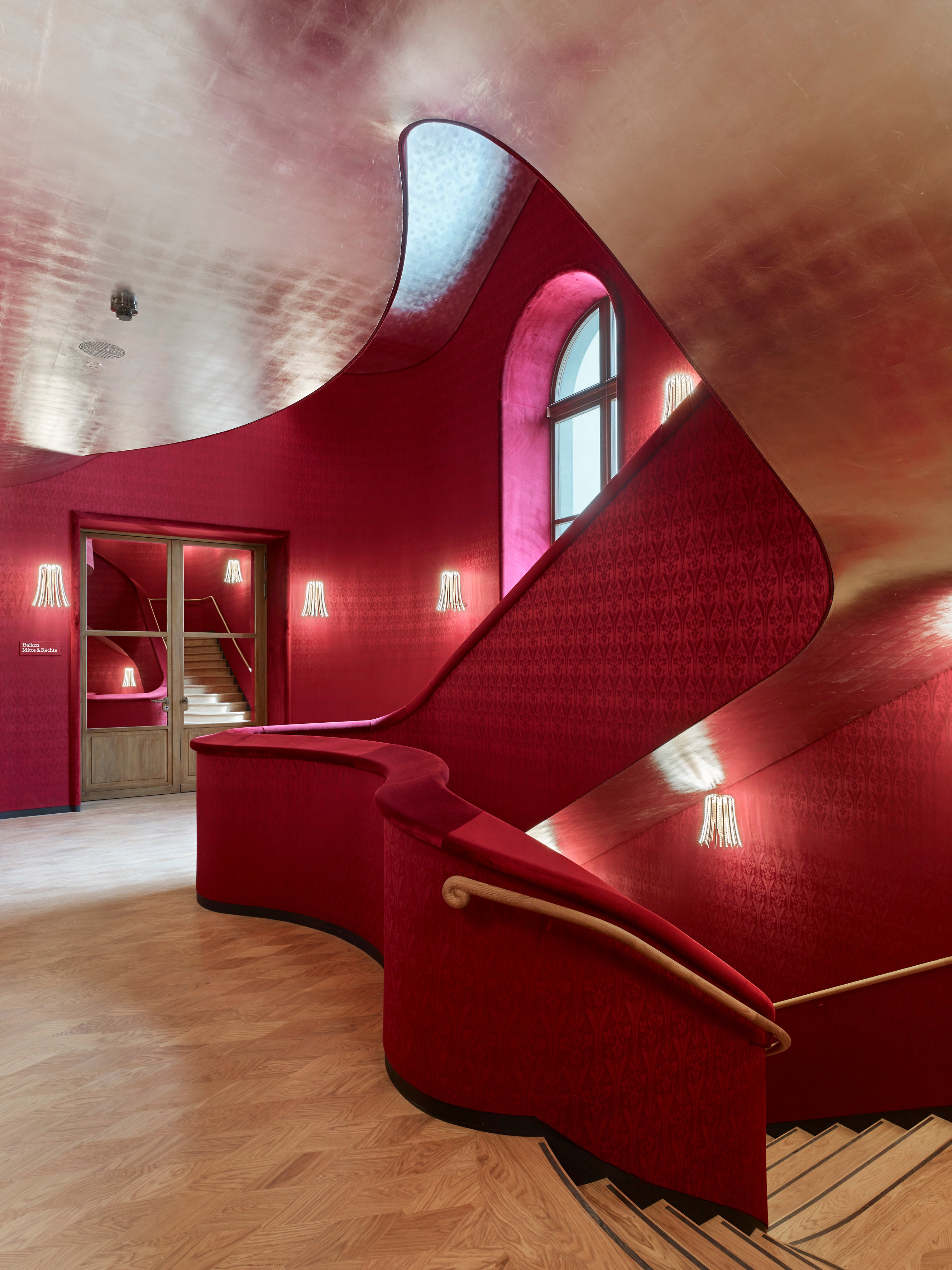
What do these buildings have in common? Ostensibly, absolutely nothing. In fact, they could scarcely look less alike. What unites them is that each one is a perfect fit with its surroundings – custom-built for the particular job it has to do. “Form follows function,” declared pioneering architect, Louis Sullivan. Herzog & de Meuron take his dictum a stage further. Each of their buildings reflects not just its function, but its position in the landscape. That’s what makes them so enjoyable – not just to look at, but to inhabit.
“We have no style,” says Herzog. “We have no material preferences.” “It’s a non-stylistic approach,” concurs de Meuron. “We like traditional architecture – we like old historical buildings.” This lack of any overriding style is remarkably unusual. Most famous architects have a calling card, something that sets their work apart. Herzog & de Meuron have no signature. They defy categorisation. They treat each new project as a blank canvas and approach it without any preconceptions. The results of this fresh approach are frequently astonishing. “What they end up with is, in some cases, quite a weird architecture – strange shapes, forms that you don’t recognise,” says Vicky Richardson, curator of the RA show.
Yet their work is never intentionally wacky. Novelty for its own sake is something that’s never interested them in the slightest. Their buildings are both archaic and avant-garde, a beguiling blend of tradition and innovation. A good example is the Schaulager, a big new gallery here in Basel, which Richardson describes, acutely, as simultaneously prehistoric and futuristic.
“They never stand still,” says Richardson. “They constantly surprise you.” But this doesn’t happen by chance. Their bold designs are the result of meticulous preparation. “They start every project with a lot of research – they really try to understand a place.” Above all, they never take anything for granted. “They ask very obvious, simple, but fundamental questions.” And the question they never tire of asking themselves is, what is this new building really for? “They question everything,” says Richardson. “They want to understand the situation and create a response that’s really specific to that client.”
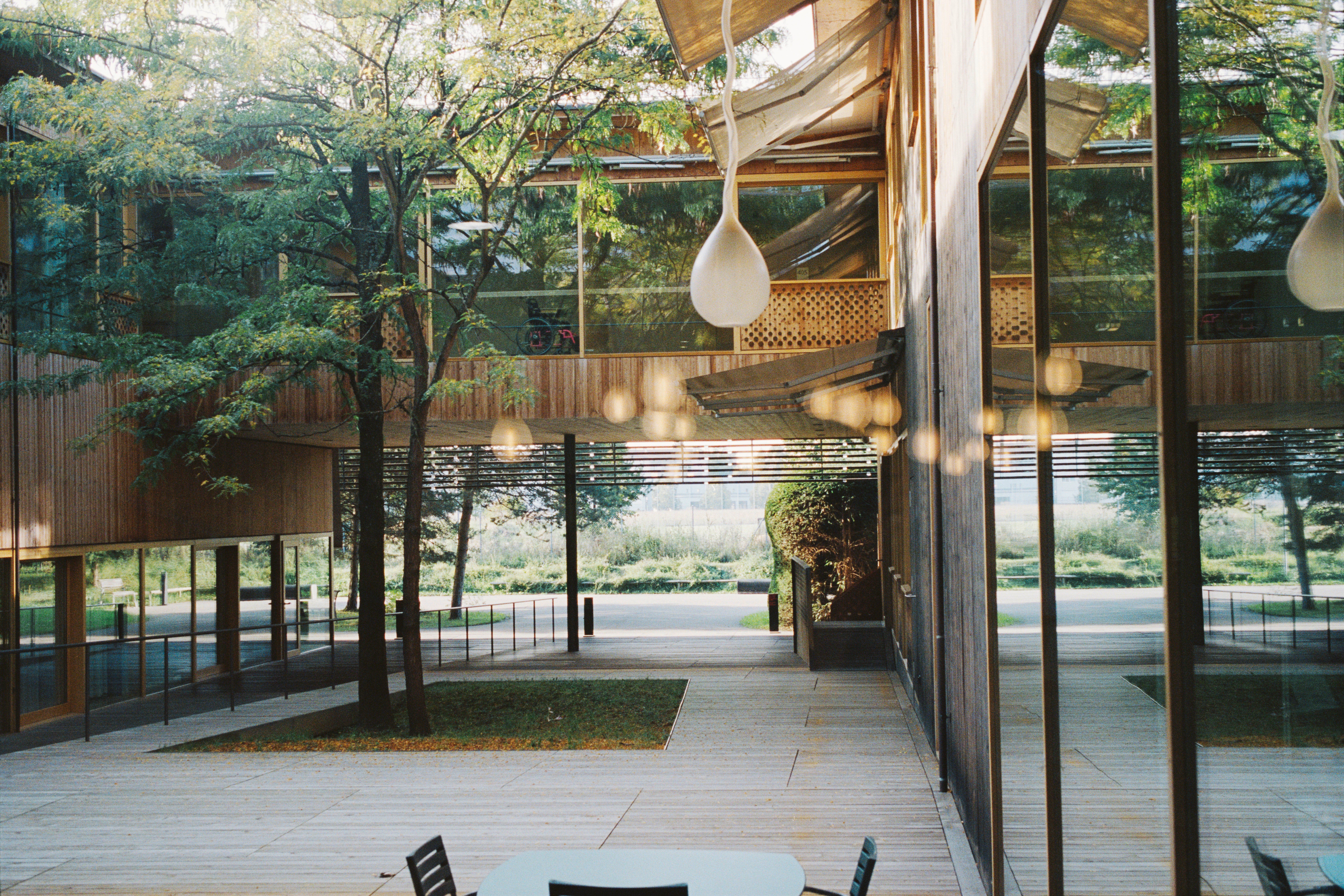
The building that sums up this spirit of enquiry is REHAB, a hospital on the outskirts of Basel, built as a rehabilitation centre for patients with serious neurological or spinal injuries. The question they asked here is, why should a hospital look like a factory? Why not make it look like a sanctuary? As Herzog tells me, “We knew we wanted to do something totally different.” Here, the patients are the clients, learning to adapt to life-changing injuries, and for them they built a low-level structure full of natural light, surrounded by foliage. It’s clad with wooden slats, inside and out, which makes it warm and welcoming. “We use nature and plants and different materials to animate the aspect of taking care of something,” says Herzog. Even as a visitor, you feel rested and rejuvenated. It transforms your idea of what a hospital ought to be.
The success of REHAB has brought them commissions for more hospitals, in Europe and America, and now a new children’s hospital in Zurich, which will form the centrepiece of their new RA exhibition. Twenty years ago, Herzog & de Meuron were best known for their cultural venues. Who knows? Twenty years from now, they may be better known for healthcare.
They were born a few weeks apart, a few streets apart, in Basel in 1950. They met as pupils at the same primary school, when they were seven years old. They played with Lego together, constructing imaginary buildings. They’ve been firm friends ever since. “There’s no recipe,” says de Meuron. “It’s emotional but it’s also very rational, because we understand each other. We have different talents, different weaknesses.” “There’s no deeper friendship, probably, in my life and in his life – and you can only have that kind of friendship if you’re together as children,” adds Herzog. “You know what the other can do and can’t do, and vice versa. And that’s still valid. That’s still working pretty well.”
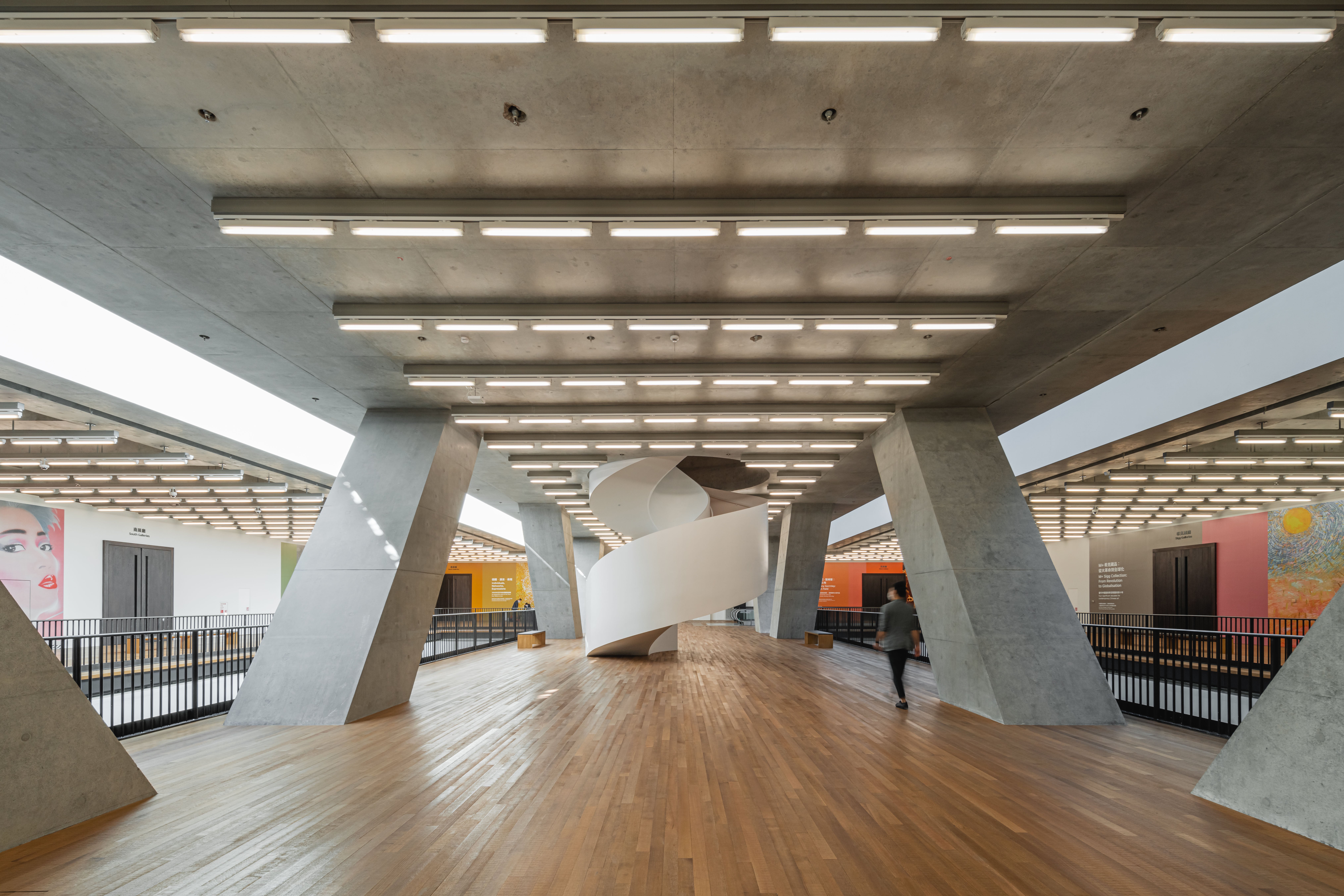
Herzog likens it to the intuitive relationship between two animals. They trust each other implicitly. “Jacques does his thing and I do my thing,” says de Meuron. “We don’t need to explain – it’s just there.”
Neither of them went straight into architecture. Initially, de Meuron studied civil engineering. Herzog (briefly) studied biology and chemistry. “We never had a plan,” says Herzog. “We decided on the phone to do architecture, without knowing what it is.”
They studied architecture together, first in French-speaking Lausanne and then in German-speaking Zurich, exposing them to both French and German influences. They started their own firm in 1978. Since then, they’ve never looked back. “A lot was coincidence, but also intuition,” reveals Herzog. “The main intention in literally every project is to find quality, and that’s ultimately the only recipe to survive in this business.”
They’re both in good shape for men in their early seventies – each of them could pass for ten years younger. Herzog is lean and muscular. With his shaven head and narrow eyes, he looks tough and streetwise. De Meuron is gentler, with a softer, kindly face and a mop of grey hair. They both wear bland leisurewear – the uniform of millionaires the world over. They complement each other perfectly: nice cop, nasty cop. Like all the best double acts, in every field, you sense they’re greater than the sum of their two parts.
During the 1980s their practice prospered, but on a relatively small scale, and although they built a reputation within the industry, they remained largely unknown among the general public – until 1994, when they won the competition – against several bigger rivals – to turn London’s Bankside Power Station into a new gallery, Tate Modern. “The Tate was, for us, a completely new magnitude,” says de Meuron. “To do this was a huge challenge.” They met it head-on. Tate Modern opened in 2000 to great acclaim. From then on, their premier league status was assured.
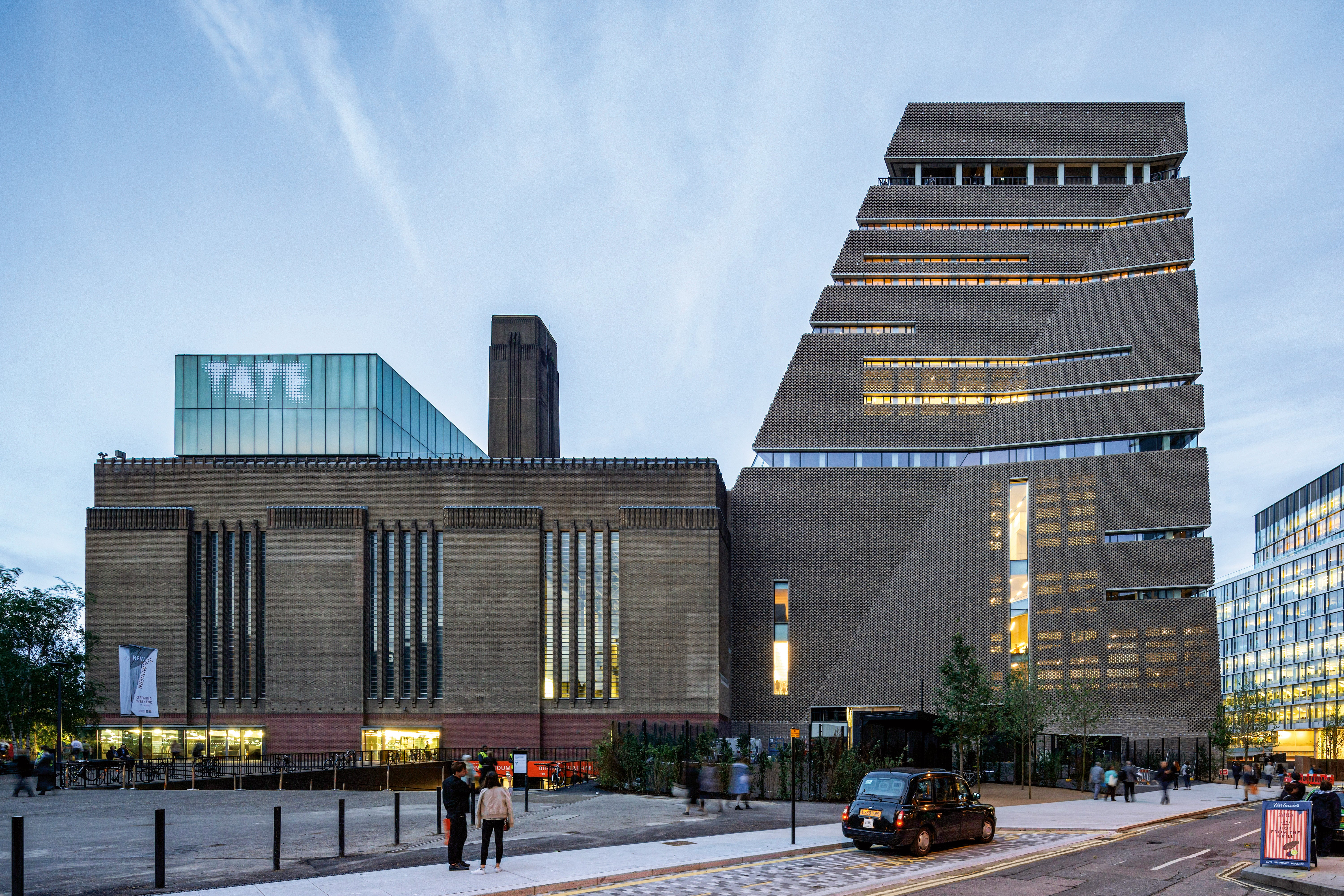
Their rebuild was a masterpiece, both conservative and contemporary. On the outside, they preserved the integrity of Gilbert Scott’s original building. On the inside, they transformed it into a post-industrial playground. The vast space within was a fantastic forum for audacious modern artworks, but more than anything, it was simply a pleasure to be inside it. People didn’t simply come here to gawp at trendy artworks. They loved wandering around the building. This wasn’t just an art gallery. It was somewhere to hang out.
Today, the concept that a museum should be a rendezvous is commonplace, but when Herzog & de Meuron set about rebuilding Tate Modern, this idea was relatively new. They achieved it not just by developing the building, but by turning the surrounding concourse into somewhere passers-by would want to linger. Flanked by the River Thames and linked to the City by a new footbridge, Tate Modern became a popular meeting place, attracting a far bigger, broader audience for modern art than the Tate had ever seen before. The museum became a catalyst for the regeneration of the surrounding area. A shabby urban hinterland before Tate Modern moved in, Southwark has become one of London’s most hip and happening neighbourhoods.
Herzog & de Meuron achieved something very similar with Hamburg’s Elbphilharmonie concert hall. Like Tate Modern, it was a cultural rebrand of an old industrial site. Like Tate Modern, it became a fashionable rendezvous. Like Tate Modern, it shifted the centre of the city to the waterfront, reviving a run-down part of town that had hitherto been forgotten and neglected. To see a concert at the Elbphilharmonie is spectacular, but it’s almost as arresting strolling along its panoramic terrace outside.
The range of inspirations for the Elbphilharmonie were surprisingly diverse – a circus tent, Shakespeare’s Globe, an ancient Greek amphitheatre – but the architectural style is rooted in Hamburg’s seafaring tradition. At first glance, it looks exotic and eccentric – but when you look closer, you realise it’s like a sailing ship (it’s also supremely practical – the acoustics are superb).
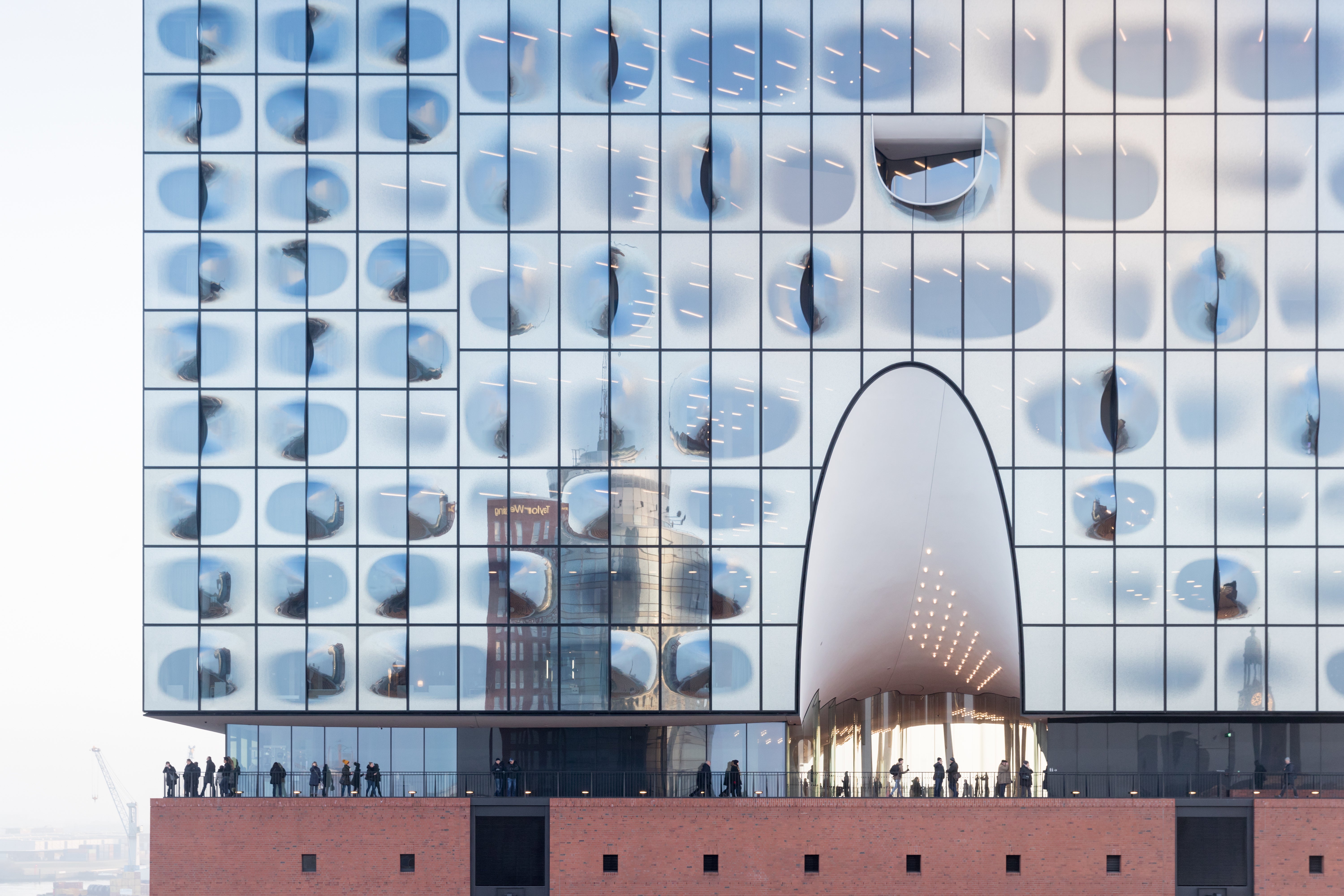
You could travel all around the world, visiting landmarks they've built together, from Madrid to Miami, from Hong Kong to San Francisco. Current projects range from a garden in Philadelphia to a church in the Swiss Alps. However, the best place to see a cross-section of their work in one location is in Basel, where they’ve both remained throughout their lives.
With a population under 200,000 (about the same size as Warrington), Basel is an unpretentious place, and that’s certainly kept them grounded. Yet this compact city also boasts two of Europe’s greatest art galleries, the Kunstmuseum and the Fondation Beyeler, and a humanist heritage that dates back to Erasmus. Growing up in such a small city with such a big cultural scene was a formative inspiration. “Basel as an art city was certainly important,” says de Meuron. “I don’t think there are so many cities in the world with such a programme.” A tram ride from the French and German borders, Basel is far more cosmopolitan than most other cities of the same size.
Their most intriguing building in Basel is Kabinett, which houses their enormous archive. Part workshop, part storeroom, it’s a treasure trove (or Wunderkammer) of plans and models – some of them all the more fascinating for never having been built at all. It’s located in a drab urban enclave called Dreispitz, an industrial no-man’s-land on the edge of town, hard up against the French border. Now this nondescript district is springing into life. “To excavate the real potential of a site or a project – that’s ultimately what you should do as an architect,” says Herzog. “It’s a kind of excavation process.”
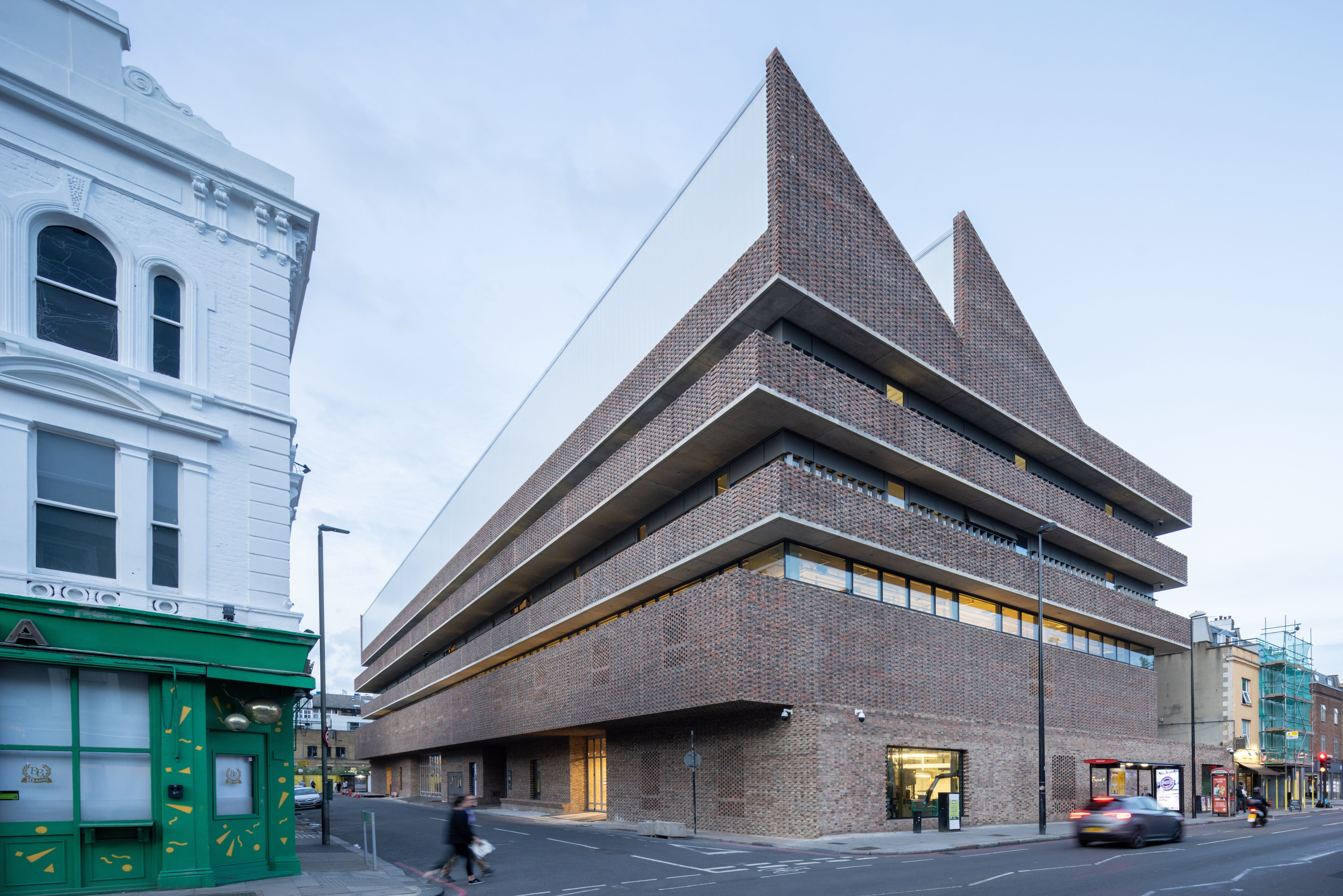
The thing that Herzog & de Meuron’s work reveals is that without people, architecture is meaningless. Buildings aren’t empty sculptures. They’re machines for living in. Yet so many modern buildings treat people as an inconvenience. We’re expected to fit in with them, rather than the other way around. The reason Herzog & de Meuron’s buildings work is because they’ve never stopped asking what a building is actually for.
“It’s housing, it’s a museum, it’s a hospital or whatever – but what does it do for society?” asks Herzog. “Is it doing something for public life? Does it bring people together?” A building should serve the people who use it, and that’s what makes Herzog & de Meuron so special. They put people first, not grand designs.
I’ve seen great art at Tate Modern, I’ve watched some fantastic football at the Allianz Arena, and I’ve heard some sublime music at the Elbphilharmonie. Herzog & de Meuron’s architecture has enhanced these experiences. However, what’s made these events so memorable is that the building is never the star turn. Sure, each time I go, I marvel at these splendid structures, but what enthrals me most of all is the art, the football and the music, and that’s exactly as it should be. It proves these buildings have succeeded. These spaces work so well that as soon as I’m inside them, I forget about the architecture, and just sit back and enjoy the show. Jacques Herzog and Pierre de Meuron wouldn't want it any other way.
Herzog & de Meuron is at The Royal Academy, London W1, from 14 July to 15 October






Join our commenting forum
Join thought-provoking conversations, follow other Independent readers and see their replies
Comments